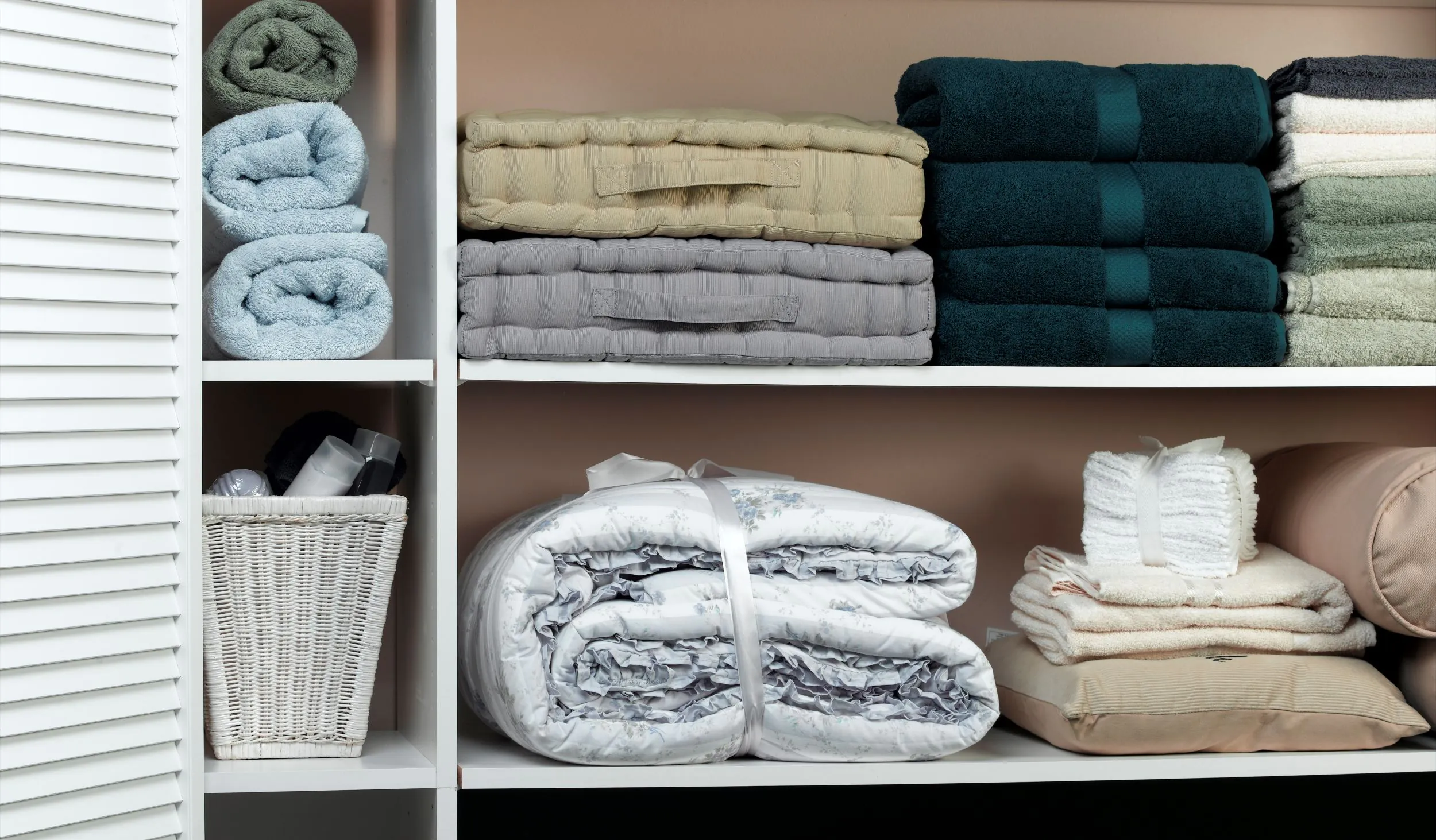The home textiles industry is an important part of the global textiles market, being a source of numerous consumer essentials and luxuries. Home textile products are expected to have a number of different high-performance qualities depending on the application they’re being used for, from high absorbency to durability to their ability to block or let through light. With high demand and high expectations for this variety of household products, manufacturers are continually innovating to develop textiles with better performance, better quality, and greater sustainability.
Home Textiles Industry Overview
Globally, the value of the home textiles industry is over $125 billion and growing at a healthy rate. By 2028 the industry is expected to be worth nearly $175 billion. Consumer spending on home renovations and other improvements is helping boost demand for these textiles, as is the increasing urbanization in many parts of the world. Disposable income is also on the rise, making consumers able to afford more and better home textile products. In addition, single-person homes are becoming increasingly common, leading to greater demand for home textiles.
After the challenges brought on by the COVID-19 pandemic, home textile industry companies have broadened their sourcing bases, building relationships with a greater number of suppliers in order to avoid being caught by material shortages or delivery delays. They are also increasingly working with local resources and businesses, both to improve their supply chains and to lessen environmental impacts. Sustainability is becoming a greater concern around the world, with laws encouraging it and consumers favoring it. This means eco-friendly materials and practices are a bigger priority for many businesses.
Industry Segmentation
While brick-and-mortar stores remain the most popular retail channel, consumers are increasingly opting for online retail platforms as well. Physical showrooms are advantageous for products where touch and appearance are key qualities on which buyers base their decisions. However, online retail has received a considerable boost in recent years due to its convenience, safety, and a broader variety of products than is typically available at any given physical location.
Bedding makes up the largest share of the home textiles industry as an important and common category of household furnishings. The segment also has significant growth potential over the coming years as consumers increasingly seek out luxury and functional bedding products. The wall and floor coverings segment is also expected to grow during the next several years. Commercial businesses such as hotels and restaurants help contribute to the demand for various home textiles, particularly for durable and functional items.
Asia-Pacific leads the market in terms of revenue, owing to both high populations and the availability of inexpensive materials and labor. The North American sector is growing, especially in the US, which alone accounts for 20% of the global market, but China is growing even faster and makes up close to a third of the industry’s revenue. India, China, and Pakistan are among the home textiles industry’s key suppliers.
Trends and Innovations
In a large and diverse market like the home textiles industry, it can be difficult to stand out from the competition. Many businesses opt to serve a particular niche, whether that be luxury, sustainability, a specific kind of textile, a specific market segment such as restaurants, or a number of other specializations. Functionality of one type or another is becoming increasingly popular in home textiles, and many companies are developing products with novel or superior qualities in order to gain market share.
Culp, a supplier of upholstery and furniture, has recently introduced a new line of upholstery fabric inspired by NASA technology used in astronaut’s space suits. The “Culp Powered by Nanobionic” collection uses a blend of natural minerals on its fabric to reflect the user’s body heat back to them in the form of infrared rays, which can increase blood flow. NASA uses this technology in microgravity where reduced blood flow is an issue, and it has also been adopted by a variety of athletes to improve performance and recovery time.
Inspired by the properties of Nanobionic technology, Culp decided to apply it to upholstery in order to promote wellness through the day-to-day use of furniture. The company says its product line can improve energy, circulation, and recovery, and is partnering with other manufacturers to bring this fabric to a wide range of home products such as recliners, couches, mattresses, office chairs, and more.
Other companies are focusing on developing new yarns and manufacturing capabilities to create high-performance fabrics suitable for a variety of uses. Linen, for example, is a popular luxury fabric but does not necessarily perform well in applications such as upholstery. It is very absorbent and can be difficult to remove stains from. This has prompted upholstery companies like Revolution to develop high-performance linen textiles that can resist stains and allow for easy stain removal.
Sustainability is a growing focus for many businesses, with many investigating sustainable products for the first time while others expand existing collections. Textiles made from recycled or repurposed materials are becoming more common, as are fabrics that biodegrade more easily or are designed to be reused or recycled once they have served their original purpose. As a growing number of businesses aim for a circular economy, sustainable products and processes will become more and more common.


